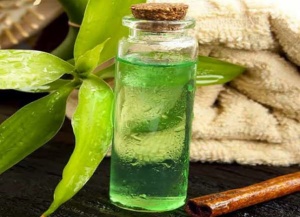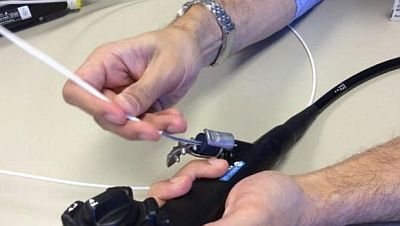 Julie Fidler – Americans are scooping up bottles of essential oils, lured by their amazing scents, household uses, and health benefits. They’re natural medicines that are highly concentrated, which means they last forever (depending on how often you use them, of course) because – as the saying goes – “a little dab’ll do ya.”
Julie Fidler – Americans are scooping up bottles of essential oils, lured by their amazing scents, household uses, and health benefits. They’re natural medicines that are highly concentrated, which means they last forever (depending on how often you use them, of course) because – as the saying goes – “a little dab’ll do ya.”
Preppers love essential oils because they know that if society were to crumble and picking up Tylenol at the drugstore wasn’t an option, essential oils would be there to often save the day.
Tea tree oil is a favorite among consumers who know their essential oils because of its seemingly endless uses. Also known as melaleuca oil, this natural cleaner/remedy is made from the leaves of the tea tree plant, native to Australia.
People used to crush the leaves and apply them directly to any number of skin conditions. Sometimes they inhaled the oils from the crushed leaves to relieve colds and coughs. These days, tea tree oil is distilled to a clear or very pale golden or yellow color and sold in dark-colored bottles. [1]
There are dozens and dozens of uses for tea tree oil; here are 5 medicinal uses, and 5 household uses that should convince you to pick up a bottle, if you’re not stocked up already.
Around the House
1. Toothbrush Cleaner
There’s really no such thing as a “clean” toothbrush. Every time you flush the toilet, bacteria gets spewed through the air in all directions. Even if you make an effort to keep your toothbrush as far away from your toilet as possible, it still isn’t 100% protected. Those pathogens travel! And even if you didn’t have the toilet to worry about it, you’re still using your toothbrush to scrape crud off your teeth, making it a bacterial breeding ground. Continue reading

 Measles fear-mongering is all the rage right now, but lesser-publicized reports about deadly superbugs suggest that a much bigger public health threat might be your local hospital. Over the past several years, nearly a dozen patients at Virginia Mason Medical Center (VMMC) in Seattle, Washington, have died, not because they weren’t vaccinated, but because their doctors and nurses exposed them to drug-resistant superbugs via contaminated medical endoscopes.
Measles fear-mongering is all the rage right now, but lesser-publicized reports about deadly superbugs suggest that a much bigger public health threat might be your local hospital. Over the past several years, nearly a dozen patients at Virginia Mason Medical Center (VMMC) in Seattle, Washington, have died, not because they weren’t vaccinated, but because their doctors and nurses exposed them to drug-resistant superbugs via contaminated medical endoscopes.